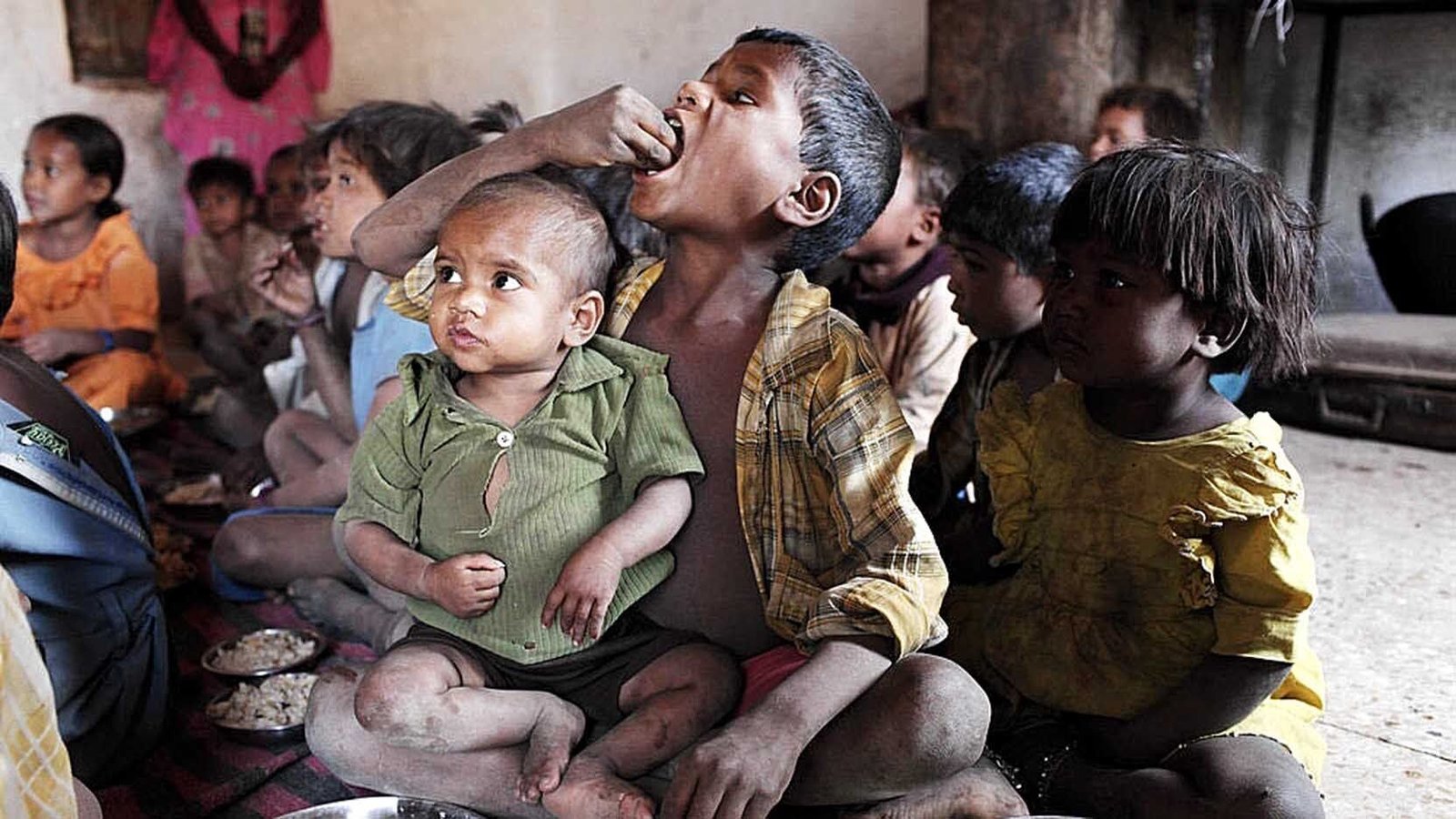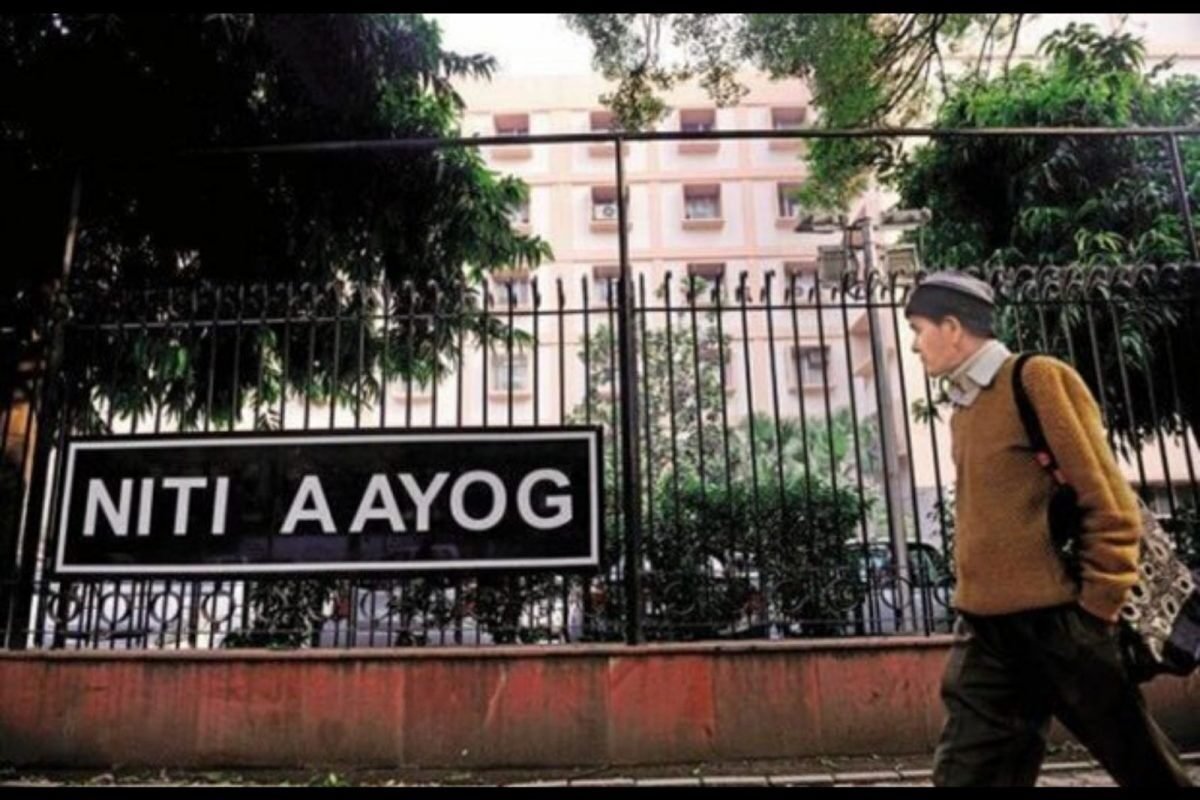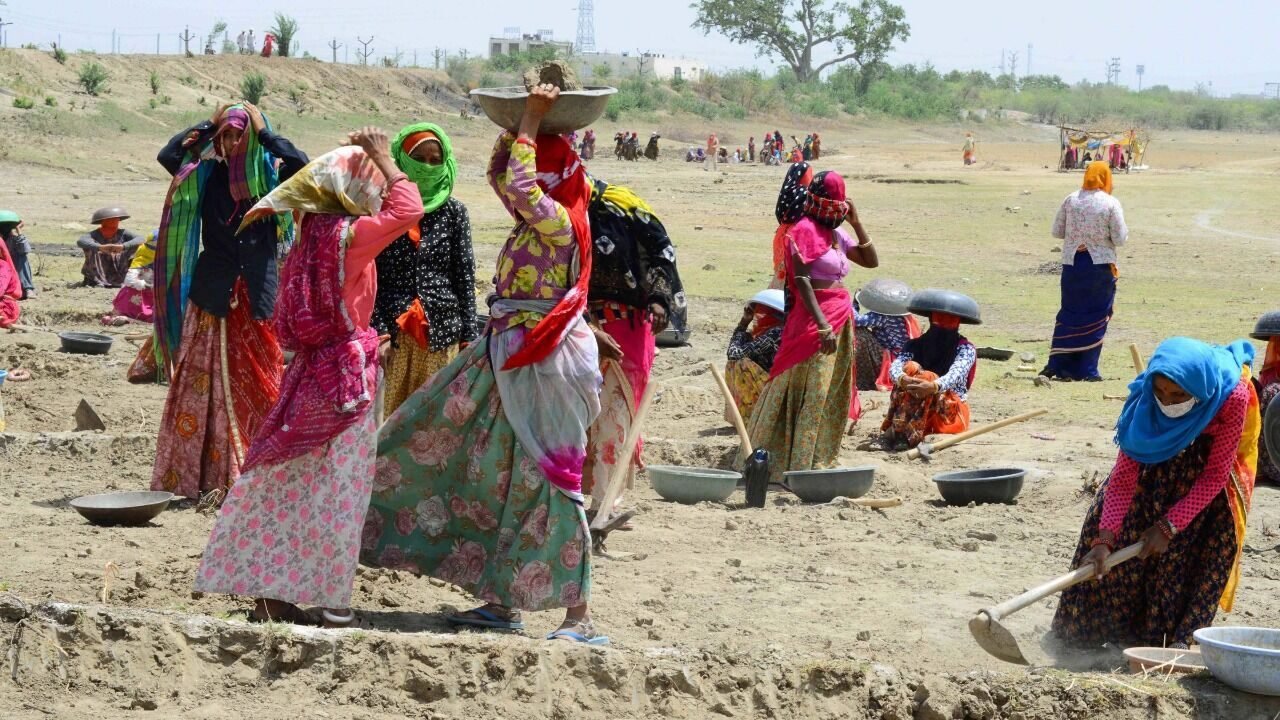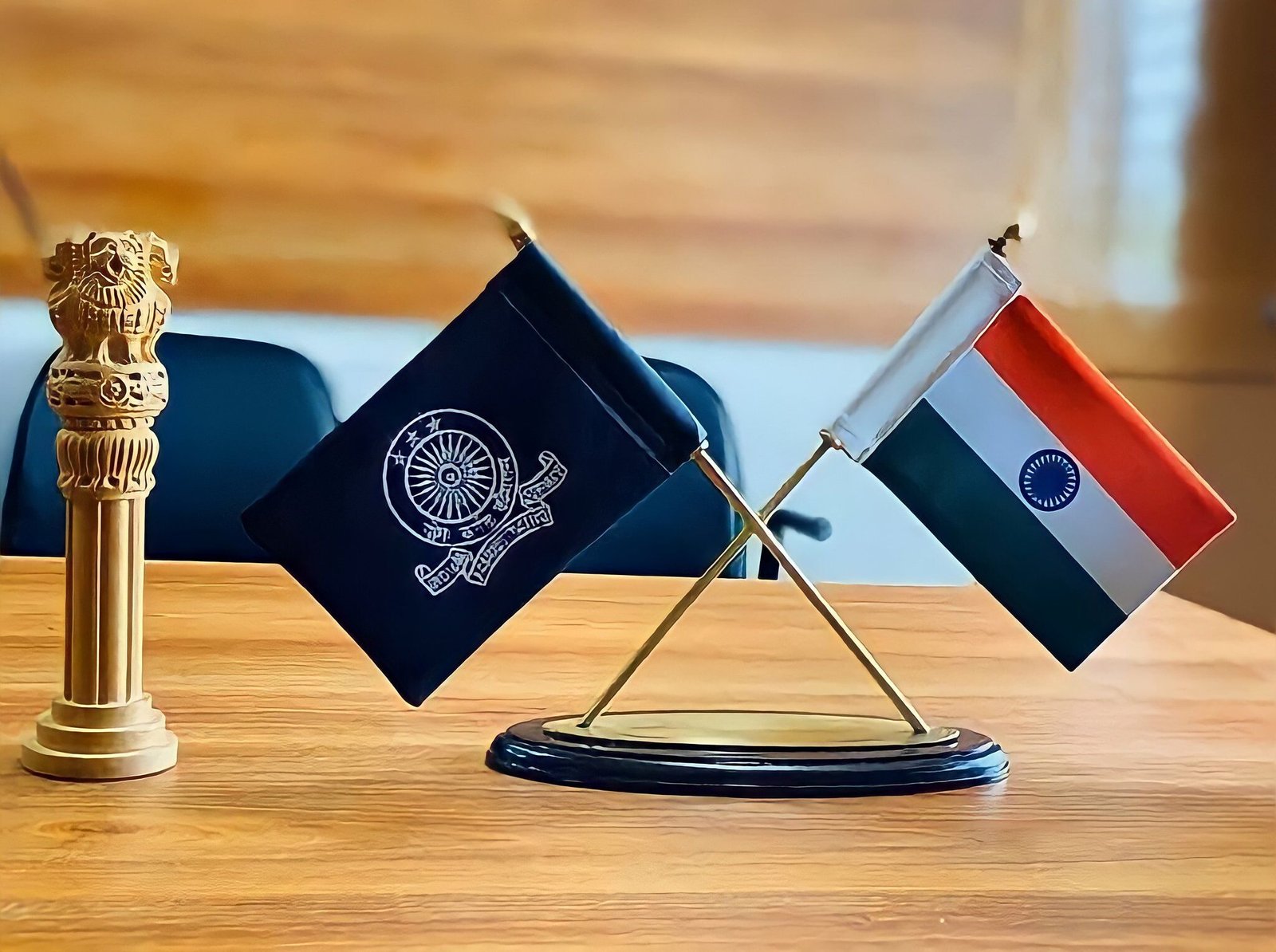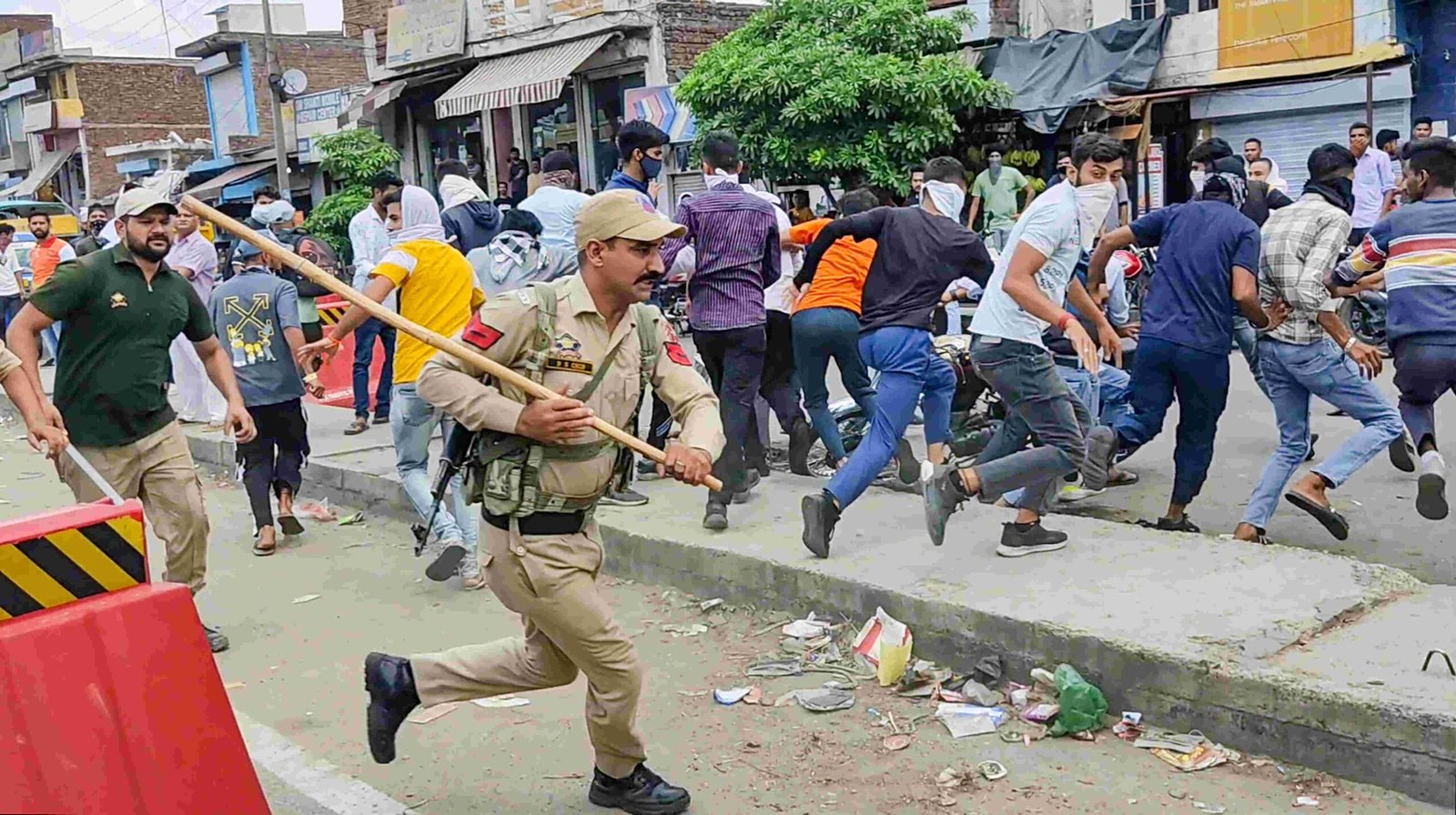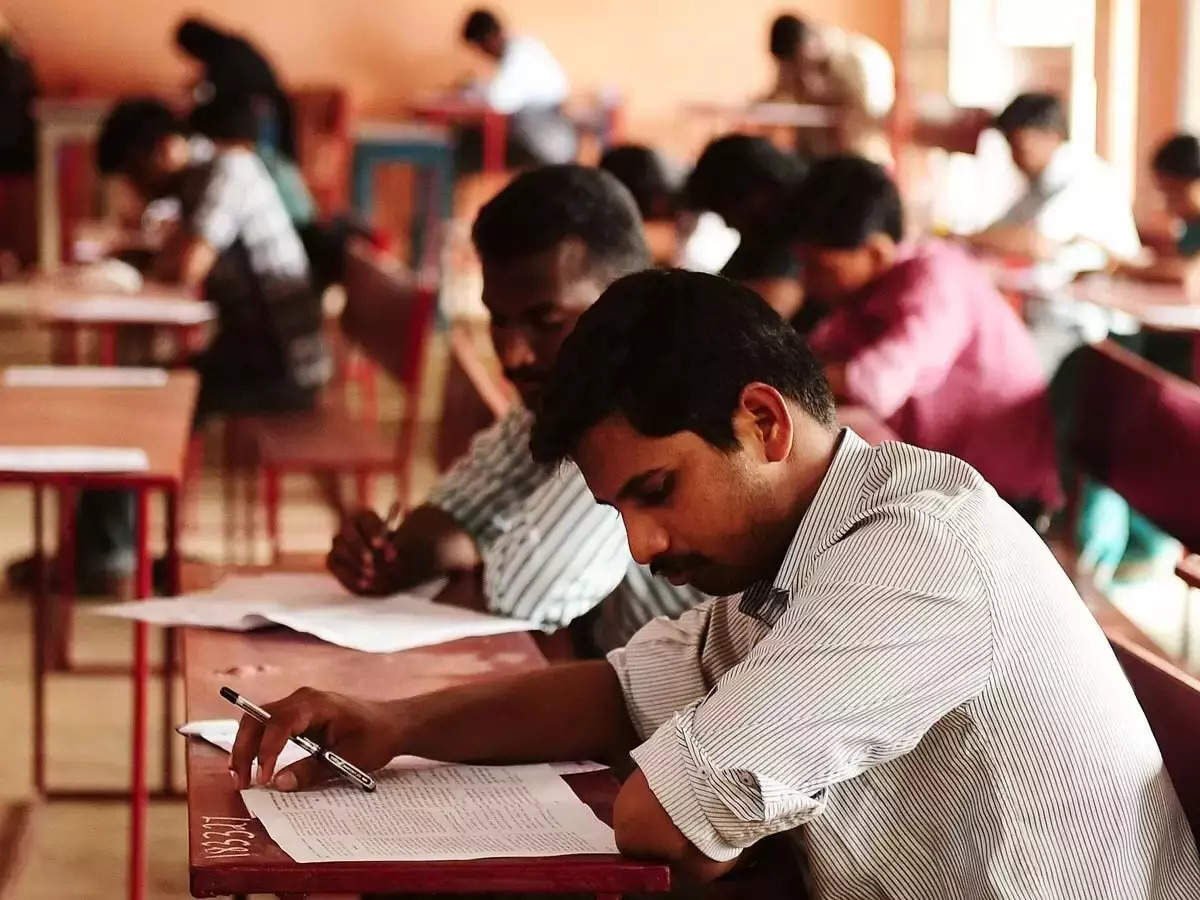A necessary rejig
Revamping the process of selection of CECs and ECs and formulating a law for the same would further strengthen the sanctity of the Election Commission
A constitution bench of the Supreme Court is hearing a bunch of pleas on the issue of the process involved in the appointment of CEC (Chief Election Commissioner) and EC (Election Commissioner). Articles 324 to 329 of the Constitution deal with the election commission and Article 324(2) of the Constitution states that the election commission shall consist of the Chief Election Commissioner and several other election commissioners, as the President may from time to time fix and the appointment of the Chief Election Commissioner and other election commissioners shall, subject to the provision of any law made in that behalf by Parliament, be made by the President. The Supreme Court has questioned the process of an appointment of CEC and EC and also queried why a law in this connection has not been framed despite being provided for in the Constitution. During the pendency of the matter before the Supreme Court, Arun Goel has been appointed as the second election commissioner. It may be noted that the Government now has made a provision to have a CEC as well as two ECs. The capability and competence of Goel is not under question. Even the Supreme Court has observed that Arun Goel has an exemplary record as an officer and has been a gold medalist during his academic days. The court is raising the issue that on what basis a panel of four eligible candidates has been prepared by the law ministry and how one out of this four has been selected so promptly. The haste in the appointment has got the Supreme Court Concerned particularly as the post was lying vacant since May.
It is clear that ever since the Election Commission came into existence, no political party has taken the step to formulate a law regarding the appointment of the post of CEC and EC. The appointment to the post is done by the President of India based on the advice given by the council of ministers. It is not as if the current government is responsible for this but also all the governments that have been in power since the very beginning. So far the appointments have been made from retired civil servants and in particular from the IAS. We have to try and assess whether the Election Commission has performed its role as desired by the Constitution of strengthening democracy despite the CEC and EC being appointed by the executive. There is no doubt that right from the first CEC, Sukumar Sen, who conducted the first election in 1952 very efficiently, there have been election commissioners who have conducted elections in this vast and complex country with a lot of fairness and impartiality. In particular, TN Seshan is taken as a person, who by the virtue of his personality used the powers given to him under the people representation act and stamped his authority on the entire election process and has made it fair and transparent and no political party can today claim that it can influence the process of elections. Seshan was a trailblazer and even the Supreme Court has acknowledged his contribution.
I recall that I was posted as District Magistrate when Seshan was CEC. As DM Banda, I conducted the elections to the parliament and assembly in 1991 and again in 1994 conducted the election to the UP assembly as DM Allahabad. Seshan had a very aggressive personality and never minced his words. I remember that all political parties were in awe of him and all the officers used to quake in his presence. I recollect that he had come to Lucknow to review the election preparations and took a meeting with the Chief Secretary and other senior officers and was unhappy with the quality of the agenda note prepared. He threw the agenda note and angrily stormed out of the meeting with the Chief Secretary and other officers running after him to apologise and placate him. In another meeting, which I attended as DM in the Election Commission, he came out strongly about the measures he had taken to reform the election process and then asked if any one of us wanted to raise any issue. Such was his terror that not a single person spoke a word. Seshan said that he would hold the officer personally responsible for any non-implementation and even when to the extent to say that he would not spare any Chief Minister or political person if they interfered with the process in any way. The elections before Seshan and after him were two different things. Before Seshan, I remember political people would approach the District election officer with some request and also move around in convoys in their constituencies. The entire city used to be plastered with election material. After Seshan, all this became a thing of the past. As District Magistrate I found that there was no interference from any political party and we conducted elections smoothly and effectively. Seshan utilised the power available to him in the election laws and implemented them with the sheer force of his personality. Since Seshan, all those reforms have been further strengthened and the election process is conducted without any fear by the officers concerned. The point to note is that Seshan was an executive appointment and so also have been so many other luminaries appointed to the post of CEC/EC. The question then arises whether the current process of appointment by the executive has in any way affected the fairness and competence in conducting the elections by the commission.
Another issue raised is why only retired civil servants and primarily those belonging to IAS are appointed to these constitutional posts. I feel that one reason is that IAS officers have worked as District Magistrates and have conducted elections and are therefore well aware of the election process. During their career, they are posted as election observers several times and so are well versed with the superintendence and conduct of elections. The entire election process is conducted by District Magistrate and his team and the IAS officers are very well acquainted with this entire structure of district governance and so I feel are better suited for this post. There could be conflicting views on this but I feel the current process has merits.
The issue of the tenure of CEC has also been raised by the Supreme Court. Six-year tenure has been prescribed but no CEC in the recent past has come anywhere near doing six years as CEC. An officer is appointed to the commission as EC at the time of his retirement and he can continue till the age of 65. The senior most amongst the ECs become the CEC and normally gets a two to a three-year term. I see no reason why there should be any quarrel with this as a person appointed to the commission gets a five-year term as EC/CEC. If six-year tenure is to be given then the retirement age of CEC and EC could be extended to 66 years. In any case, I do not see how this impacts the competence and fairness of the commission.
The Supreme Court has suggested that there could be a broad-based selection committee consisting of the Prime Minister, the leader of the opposition and the CJI. I agree that such a committee can give a better signal about the fairness of the selection process. However, at present, the appointment to the post of CBI Director is being done by such a committee and it would be worthwhile evaluating whether the process of selection of CBI Director is being perceived as being fair and above board. I think even in such a committee the voice of the executive would generally influence the process of selection.
However, it must be noted that over the last few years there is a growing perception that the election commission is influenced by the political party in power. This may or may not be true but in the recent past, it cannot be denied that questions have been raised about the working of the commission. The Election Commission is the bedrock of our democratic structure and should be above board in reality as well as perception. Keeping this in mind, I feel that there is no harm if the parliament debates the process of selection of CEC and EC and frames a law in this regard. This would help in further strengthening the sanctity of the institution which is essential for our democracy. Not only must the Election Commission be fair but it should appear to be so also.


